Transition from Lawn to Woods in Rural Lot
lizzie_nh
13 years ago
Featured Answer
Sort by:Oldest
Comments (10)
bryansweeney
13 years agolast modified: 9 years agoRelated Professionals
Baltimore Landscape Architects & Landscape Designers · Burlington Landscape Contractors · Medford Landscape Contractors · Plymouth Landscape Contractors · Soddy Daisy Landscape Contractors · Uxbridge Landscape Contractors · Columbia Fence Contractors · East Peoria Fence Contractors · El Segundo Fence Contractors · Fountain Hills Fence Contractors · Maywood Fence Contractors · Saint Louis Park Fence Contractors · Turlock Fence Contractors · Fairfax Siding & Exteriors · Linden Siding & Exteriorslizzie_nh
13 years agolast modified: 9 years agos8us89ds
13 years agolast modified: 9 years agohiggins
13 years agolast modified: 9 years agojcalhoun
13 years agolast modified: 9 years agoIris GW
13 years agolast modified: 9 years agoleelf1
13 years agolast modified: 9 years agogreenthumbzdude
13 years agolast modified: 9 years agofatamorgana2121
13 years agolast modified: 9 years ago
Related Stories
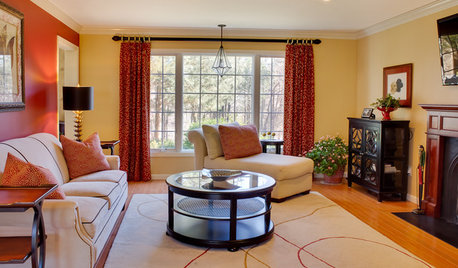
HOUZZ TOURSMy Houzz: Transitional Style in Rural New Jersey
Windows aplenty and an uncluttered design help transform a dark and cramped colonial into a light-filled retreat
Full Story
GARDENING GUIDESSmall Gem Lawns: More Impact From Less Grass
Instead of letting the lawn sprawl, make it a shapely design element in your yard. You’ll reap benefits both practical and aesthetic
Full Story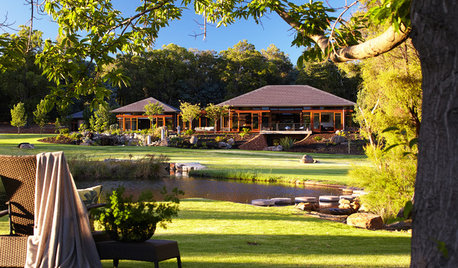
HOUZZ TOURSWe Can Dream: Rural Retirement Home a Haven of Beauty and Tranquillity
A retired couple builds a spacious Japanese-inspired indoor-outdoor sanctuary to enjoy with extended family
Full Story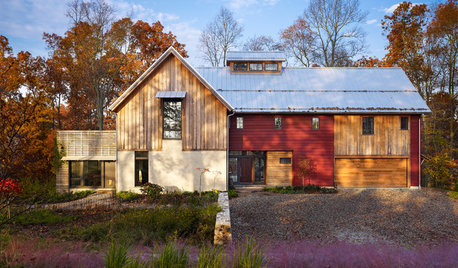
FARMHOUSESHouzz Tour: Nestling Into the Rural Pennsylvania Landscape
Regional barns and nature provide the inspiration for a new home sited between a meadow and the woods
Full Story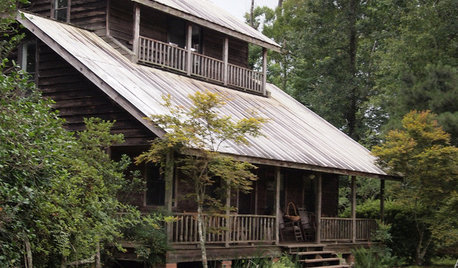
MY HOUZZMy Houzz: Rustic Charm in Rural Louisiana
See how wood warms the interior of this idyllic cabin getaway for art gallery owners
Full Story
HOUZZ TOURSHouzz Tour: Unplugging From High Tech in a Texas Farmhouse
This simply styled home gives an Austin family all the warmth of comfort food and all the amenities of modern times
Full Story
HOUZZ TOURSMy Houzz: Brooklynites Take Up a Rural 1940s Farmhouse
A city-dwelling family plants new roots in upstate New York, remodeling their digs with cheerful, colorful touches
Full Story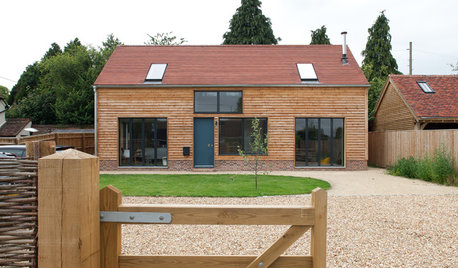
HOMES AROUND THE WORLDHouzz Tour: Contemporary Family Home Blends In With Its Rural Setting
This new build is modern, open and full of light, yet it fits in with its traditional English backdrop
Full Story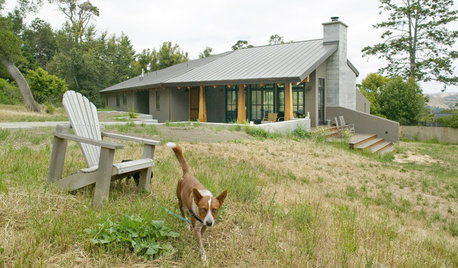
CONTEMPORARY HOMESHouzz Tour: Modern Meets Rustic in Rural Marin County
A lodge-like home is an oasis for an artistic, outdoorsy family
Full Story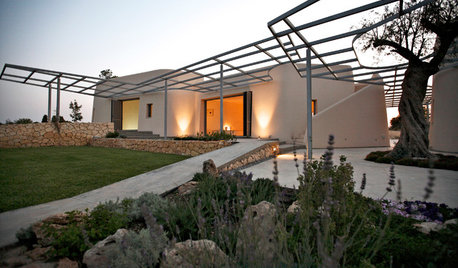
HOMES AROUND THE WORLDHouzz Tour: In Sicily, a Rural Villa Celebrates Minimalism
Organic architecture and streamlined aesthetics help this house blend into its environment
Full Story






s8us89ds